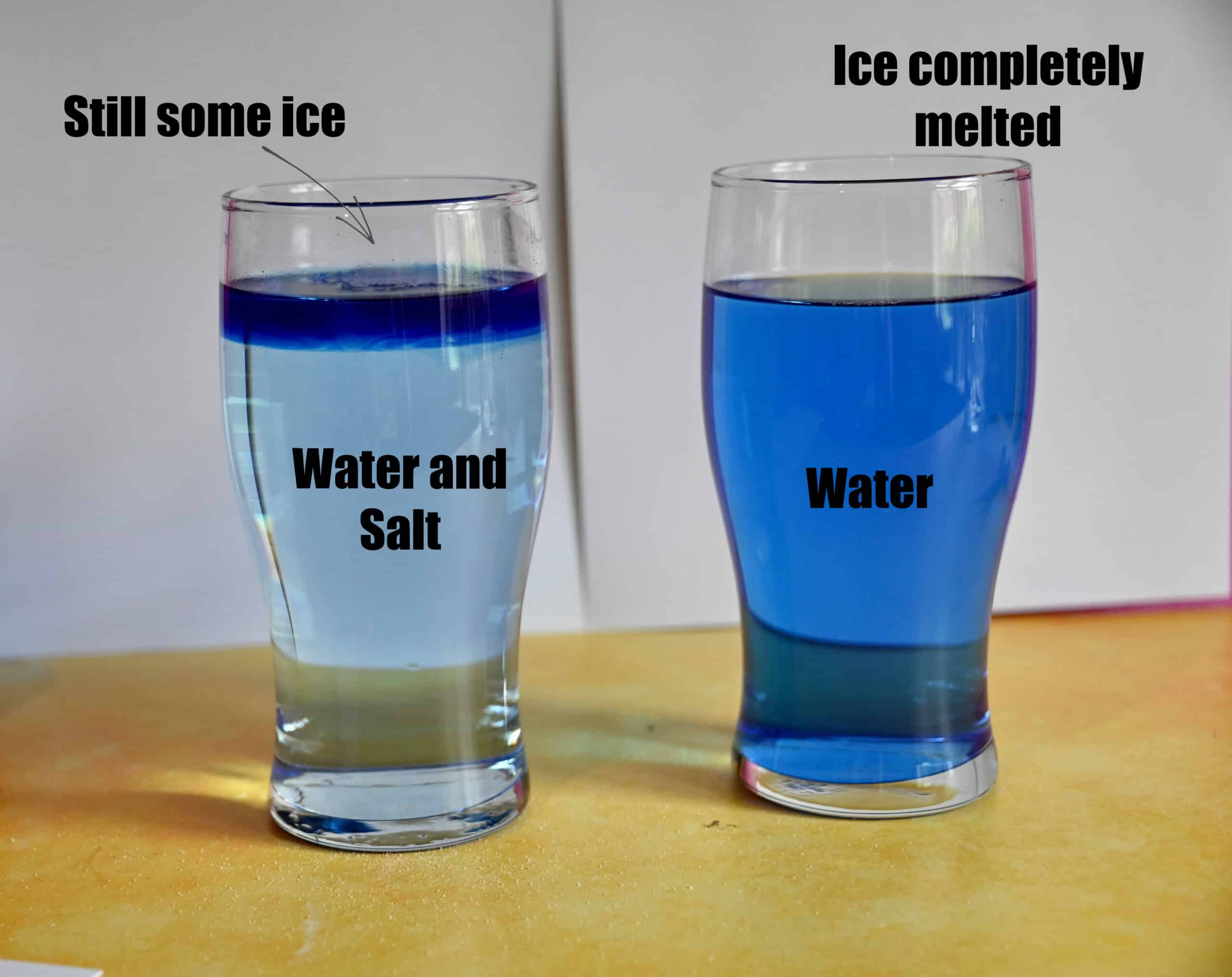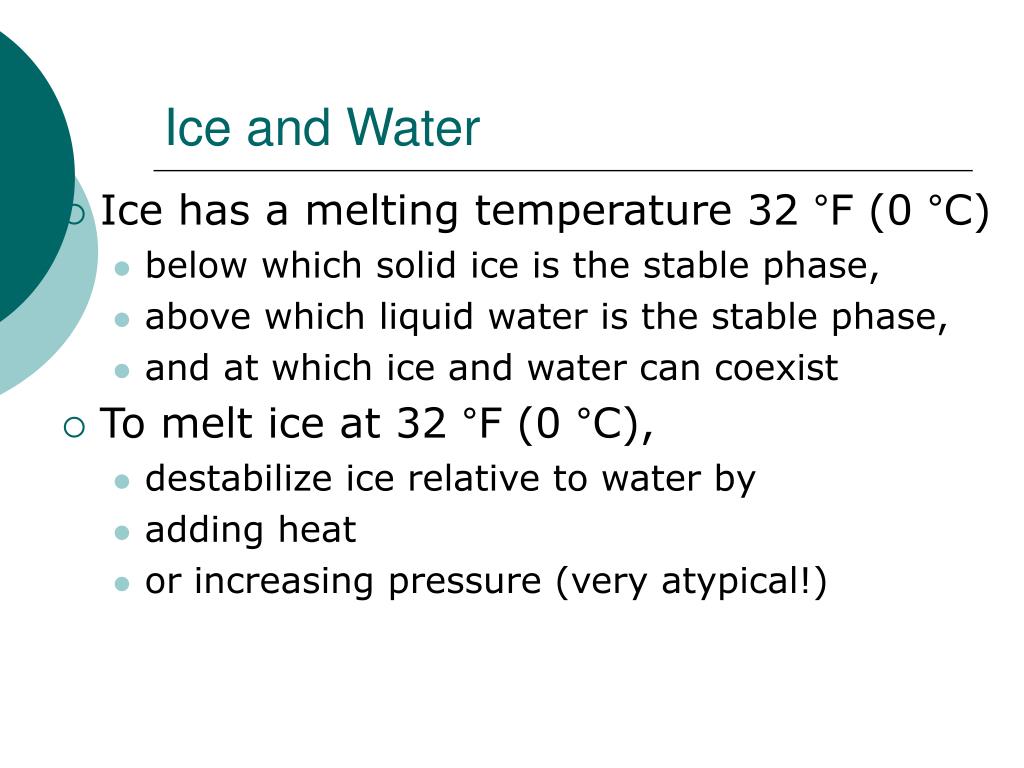Does Ice Weigh The Same As Water

The seemingly simple question of whether ice weighs the same as water has sparked debate and confusion for years. Is it a trick question designed to stump science students, or does a genuine difference exist in their weights? Understanding the nuances behind this question requires delving into the principles of density and volume.
The core issue at hand revolves around the concept of density. Density, defined as mass per unit volume, is a crucial factor when comparing the weight of different substances. While the mass of water remains constant whether it's in solid (ice) or liquid form, its volume changes, subsequently affecting its density.
The Science Behind Density and Volume
To understand why ice and water have different densities, we need to examine their molecular structure. Water molecules (H2O) are composed of two hydrogen atoms and one oxygen atom, linked by covalent bonds. In liquid water, these molecules are packed closely together, constantly moving and forming temporary hydrogen bonds with each other.
However, when water freezes, the hydrogen bonds become more stable and organized. This arrangement forces the molecules to spread out slightly, creating a crystalline structure with empty spaces. This increase in volume, despite the mass remaining the same, is what makes ice less dense than liquid water.
The lower density of ice explains why it floats on water. If ice were denser, it would sink, which would have profound implications for aquatic life and the global climate.
The Key Detail: Equal Volume vs. Equal Mass
The apparent contradiction arises from the ambiguity of the question itself. If you compare equal volumes of ice and water, the water will weigh more because it is denser. A cubic foot of water will demonstrably weigh more than a cubic foot of ice.
However, if you start with a specific mass of water and then freeze it into ice, the ice will have the same mass as the original water. Imagine placing a kilogram of water in a container and then freezing it. The resulting ice will still have a mass of one kilogram, though it will occupy a larger volume.
Essentially, the weight (which is directly proportional to mass) remains constant during the phase change from liquid to solid, but the density and volume do not.
Practical Examples and Implications
This difference in density has significant real-world consequences. For example, icebergs float because they are less dense than the surrounding seawater.
The formation of ice on lakes and rivers also plays a crucial role in insulating the water below, allowing aquatic organisms to survive the winter. If ice sank, bodies of water would freeze from the bottom up, likely decimating aquatic ecosystems.
Furthermore, the expansion of water upon freezing can cause significant damage to pipes and infrastructure. As water freezes within a confined space, the increase in volume generates immense pressure, leading to cracks and bursts.
Addressing Common Misconceptions
One common misconception is that the weight difference is due to the "coldness" of the ice adding extra weight. Temperature affects molecular motion and can very slightly influence density, but the primary reason for the difference in density is the structural change in the arrangement of water molecules.
Another point of confusion arises from the perception that ice is "lighter" because it floats. Buoyancy is not determined by weight alone, but by the displacement of water. Ice floats because it displaces a weight of water equal to its own weight, and its lower density allows it to do so while remaining partially submerged.
It's crucial to clarify that the law of conservation of mass still applies. Mass isn't created or destroyed during a phase change.
Conclusion: It Depends on the Measurement
In conclusion, the answer to the question of whether ice weighs the same as water depends entirely on what you are comparing. If you are comparing equal volumes, water will weigh more due to its higher density.
However, if you start with the same mass of water and freeze it, the resulting ice will have the same mass. Therefore, it is essential to specify whether you are referring to equal volumes or equal masses to avoid confusion.
Understanding the principles of density, volume, and the behavior of water molecules is key to grasping this fundamental concept.


















